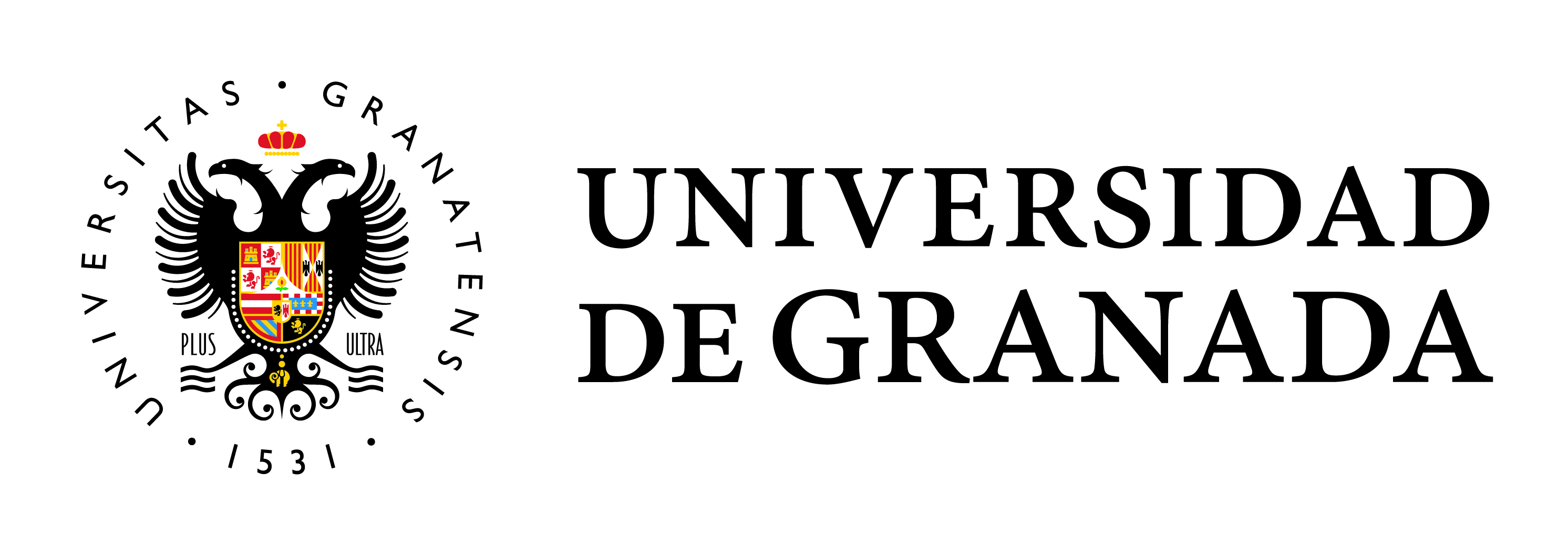Beginning High School Teachers’ Organization of Students for Learning and Methods for Teaching Mathematics
Contenido principal del artículo
Vol. 15 Núm. 1: (Octubre, 2020), Artículos, Páginas 51-68
Recibido: Sep 14, 2019
Aceptado: Nov 8, 2020
Publicado: Nov 8, 2020
Resumen
We observed eight beginning secondary mathematics teachers’ classrooms to investigate which they organized students for learning, uses of instructional methods, and how these may differ based on the level of course being taught. We found that beginning teachers frequently organize their students to learn collaboratively – either in small groups or as a whole class – coupled with an abundance of teacher directed instruction. Differences in organizations, teaching methods, and associated learning opportunities between course levels also exist. Implications for supporting practicing teachers and preparing prospective teachers to establish collaborative learning environments and utilize student centered teaching methods are discussed.
Descargas
Los datos de descargas todavía no están disponibles.






